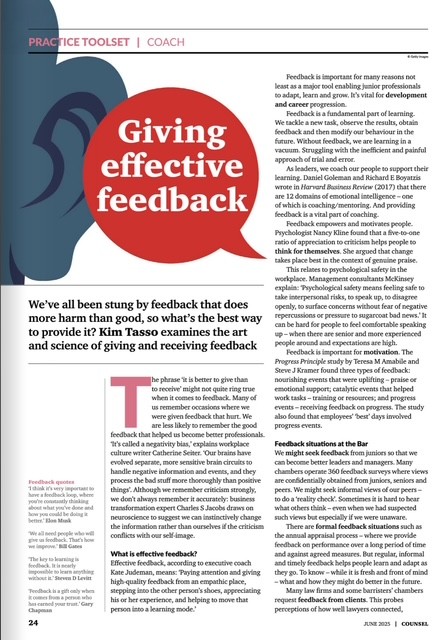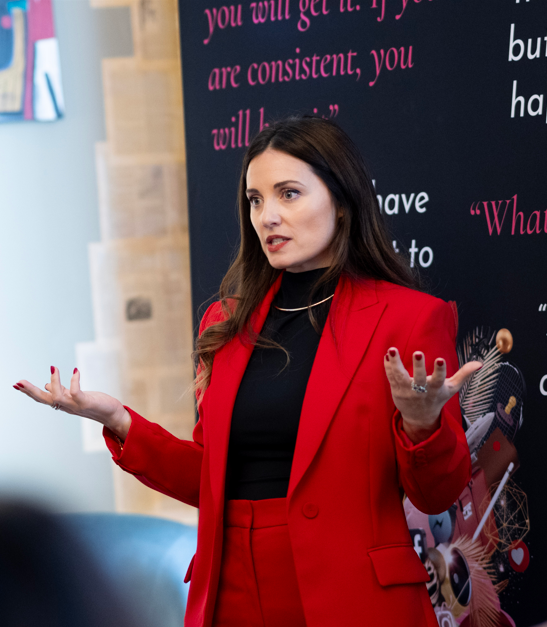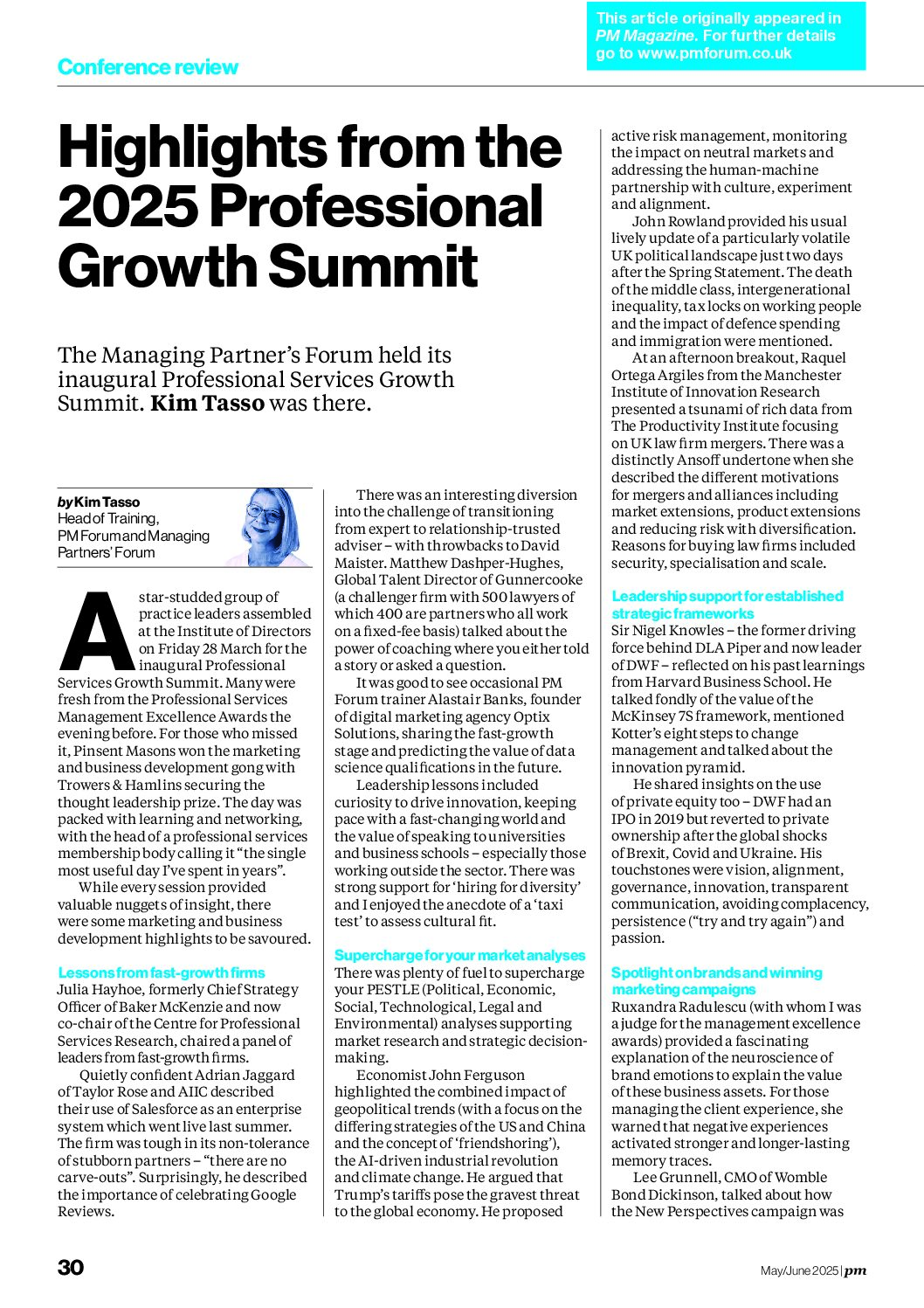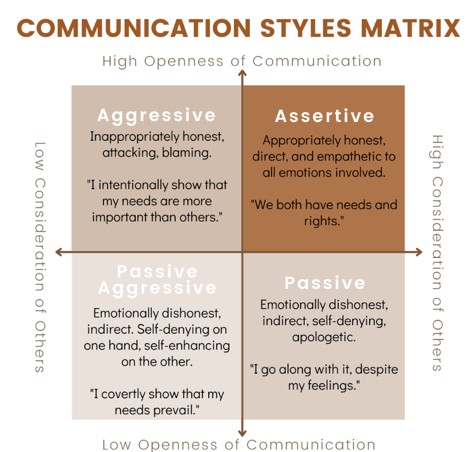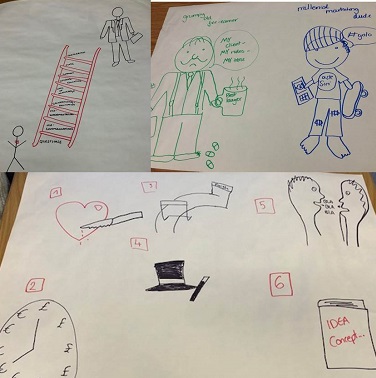
Another successful Proactive Marketing Executive training session http://www.pmforum.co.uk/training.aspx took place recently where there were lots of ideas on how to increase your value to your team and firm and progress your career at the same time.
Eight top tips for being more proactive
Delegates – from legal, accountancy and property firms – identified the following eight top tips to being a proactive marketing executive:
1. Set goals Be clear about what you want to achieve. This communicates that your activity is focused. It also means you can prioritise activities to those that help you achieve those goals most quickly. Goals allow you to measure contribution and results too. Ideas on setting goals the stepping-stones way here http://kimtasso.com/3-themes-from-marketing-planning-stepping-stones-persuasion-and-momentum/
2. Manage time Where does all your time go? How long do you take to complete standard or repeated tasks? Can you develop systems and procedures to reduce the time you spend? Are there any tasks that can delegated or even stopped? http://kimtasso.com/delegation-for-leaders/ Sometimes, we allow tasks to stretch to fit the time available. Rock, stone and pebble was a favoured approach. You also need time to step back from all the activity and give yourself time to think. There are other time management ideas here: http://kimtasso.com/time-management-35-top-tips-and-techniques/
3. Anticipate needs Marketing is the management process for anticipating and meeting client needs profitably. We can demonstrate this each day by trying to anticipate what our fee-earner internal clients are likely to need and to come up with ideas in advance.
4. Research Fee-earners tend to focus on internal information. Marketers and business development folk are experts at researching external markets and clients. If we undertake research we educate ourselves (which can increase our credibility and bring us closer to fee-earners too). We might also identify ideas for other activities and initiatives that will help our fee-earners. It adds value to provide insight into markets and clients and to identify opportunities.
5. Plan Simple plans that show the goals and each of the steps to achieve them helps everyone know what is happening, why and when. A plan shows what you hope to achieve and the cost – in cash and time terms – so it becomes a form of business case showing the risks and returns. Simple project plans can be placed on whiteboards in offices so everyone knows what we are working on. It keeps us focused and deters inappropriate enquiries for help.
6. See the big picture We can be more proactive by anticipating problems. Systems thinking is where we consider all the knock-on effects and impacts of doing something in one area on other areas. If we think ahead and think of all that might happen, we can take proactive action to prevent problems and smooth transitions.
7. Communicate face-to-face Avoid sitting at your desk and sending endless emails, Get on the phone or go and see people face-to-face. This way you have a chance to build a relationship. You also engage in a dialogue where you can ask more questions depending on the response and impress people with your knowledge and ideas. You become a collaborator rather than a support service.
8. Challenge and consult Rather than waiting for people to ask you to do things, and passively accepting their requests start to ask them about their aims. Gently challenge their thoughts and introduce your own ideas and suggestions. Ultimately, you need to shift to a consulting position where you can provide advice on how best to achieve things.
Three other discussions
During the workshop, some other topics were discussed:
Clear Desk Fear?
One of the exercises asked delegates to consider what they would do if they had a whole day clear. We are so busy that we can get carried away with all the emails and calls and end up simply responding to them. If, once you start considering what you would do with a spare day, you can’t think of anything then this is where you start – what would you do? If you already have ideas then you need to start making small chunks of time available so that you can start tackling them.
T-shaped people
In the early stages of your career, you are developing deep technical expertise in your area of marketing and business development or specialist communications, analytics or event activity. As you progress, you need to generate a variety of knowledge and skills about other areas. Part of your career development is working out how to achieve this T-shaped profile.
Great campaigns
We talked a little about memorable mail campaigns that were effective – cutting through the noise of constant unread emails. There were a few that stuck out:
- Cactus (thorny employment problems) mailout – People kept those plants
- Lego construction workers mailout – everyone loves Lego and wants a complete set
- Green wellies – Who wouldn’t want to keep a pair in their car boot?
- Decision maker desk toy – Solid metal paper weight for fiddling with while on the phone
- Project planner round wheel – Enter the start date and see the end date calculated for you
There was also discussion about buy-in and CIM qualifications. Links are as follows:
http://kimtasso.com/achieving-buy-oranges-elephants-dancing/
http://kimtasso.com/positive-persuasive-and-persistent-therapy-and-theory-of-partner-buy-in/
http://kimtasso.com/getting-it-past-the-partners-all-about-buy-in/
http://kimtasso.com/students/marketing/
http://kimtasso.com/2014-cim-professional-marketing-qualifications-syllabus-changes/




